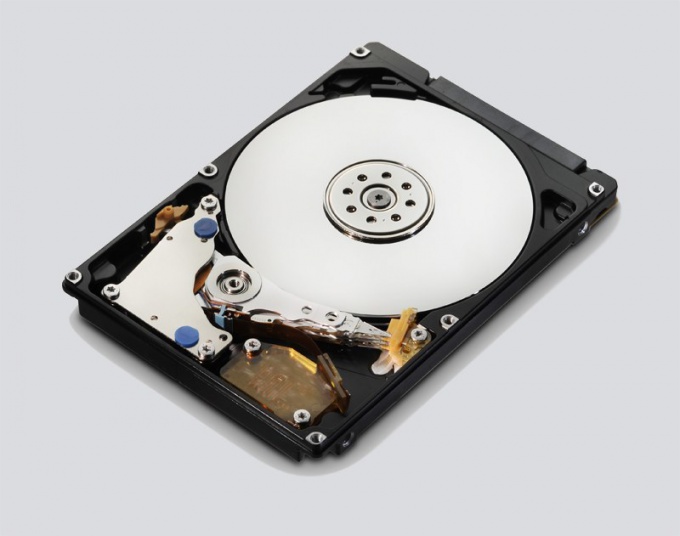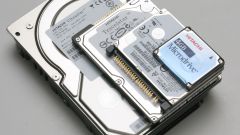Instruction
1
There are different ways of formatting partitions depending on which operating system is installed on disk. If you are running Windows, the system partition can be formatted during the installation process.
2
The installation program prompts you to choose which system to format the drive, FAT32 or NTFS. NTFS is a more modern system, with great features and control, it is advisable to stop the choice on it. Select using control keys "Up" and "Down" the desired item.
3
The logical drive on which to store information, you can format the Windows commands. In the "control Panel" double click the mouse on the icon "administrative tools" and expand "computer Management". In MMC, double-click the snap-in "Control drive, mi".
4
Formatting destroys all data stored on disk, so before starting the process of save your important information to another carrier. Select the disk that you want to format, and in the menu "Action" under "All tasks" select the option "Format".
5
In the window "File system" list, select NTFS or FAT. In the next step you need to choose the cluster size. A cluster is a disk space that the system allocates storage for a single file. You can choose the cluster size from the list or leave the default setting. The system will determine, based on the size of the volume.
6
If you check the box "Quick format", the program will not check the state of the surface, and just rewrite to the beginning of the disk file table.
7
It should be borne in mind that the partition formatted by Windows will not be able to put a different operating system. You can use Acronis Disk Director if you want to run, e.g., Linux-like systems.
8
Run the program and in menu "View" select operation mode "Manual". Point to the drive you want to format, and in the drop down menu select "Format". In the next window, specify the file system type, cluster size and click OK.





